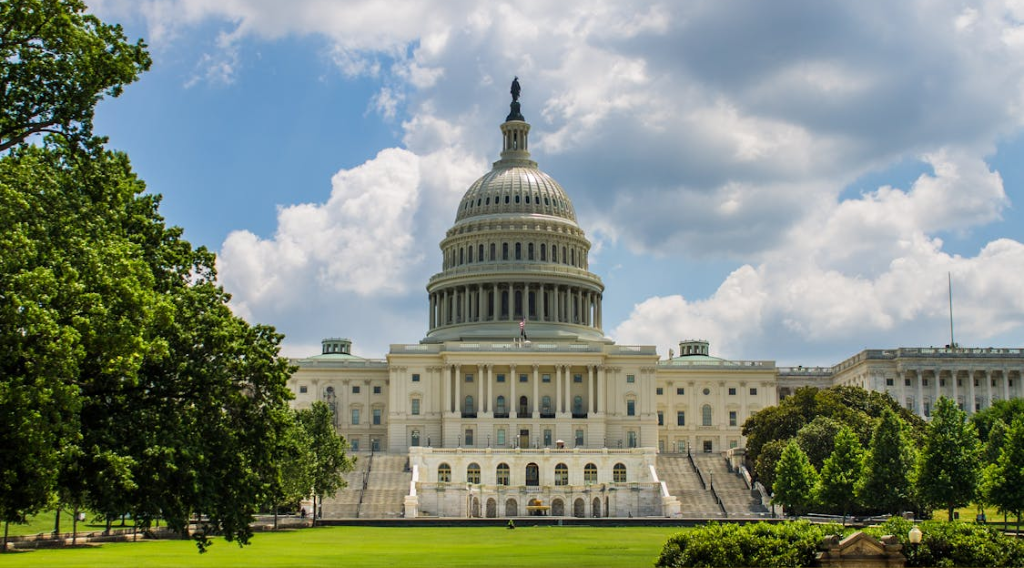
The State CO2-EOR Deployment Work Group recommends that President Trump and Congress incorporate the development of long-distance, large-volume carbon dioxide (CO2) pipelines as a priority component of a broader national infrastructure agenda. The state officials, industry leaders and other experts in the Work Group launched their work in 2015 with the development and deployment of carbon capture and CO2 pipeline infrastructure as a top priority. Thus, Work Group members and participating states support the Administration and Congress’ new focus on our nations’ infrastructure, and they would welcome the opportunity to be partners in this effort.
Work Group participants also urge implementation of policies that direct the federal government to play a targeted role, supplementing private capital, in financing increased capacity for priority trunk pipelines to transport CO2 from industrial facilities and power plants not currently served by pipeline infrastructure to oilfields for EOR.
Congress and the President should, in consultation with states, tribal governments and key stakeholders, identify and foster the development of five such priority CO2 trunk pipelines, including support for planning, streamlined permitting, and financing. These trunk pipelines should link key industrial, fossil power-generating, and agricultural regions of the country with the potential to supply significant CO2 to major hubs of domestic oil and gas production. A vital element in the design of the larger pipeline network is the enormous potential of the Permian Basin region and its proven CO2 potential and vast resources of residual oil zones. Each trunk pipeline for man-made CO2 would be comparable in scale and volume to the 30-inch diameter Cortez pipeline, the world’s largest CO2 pipeline. Cortez can transport approximately 30 million tons of CO2 annually along a 500-mile route from southern Colorado and through New Mexico to the Permian Basin of Texas.
Download the whitepaper to learn how the development of regional and national CO2 pipeline networks, together with proposed tax credits and other financial incentives for industrial and power plant carbon capture, can support long-term production and use of America’s abundant and affordable coal, oil and natural gas resources, put our nation further down the path of replacing imported oil and create high-paying jobs in energy-producing and industrial states and regions of the country, all while significantly reducing net carbon emissions.


